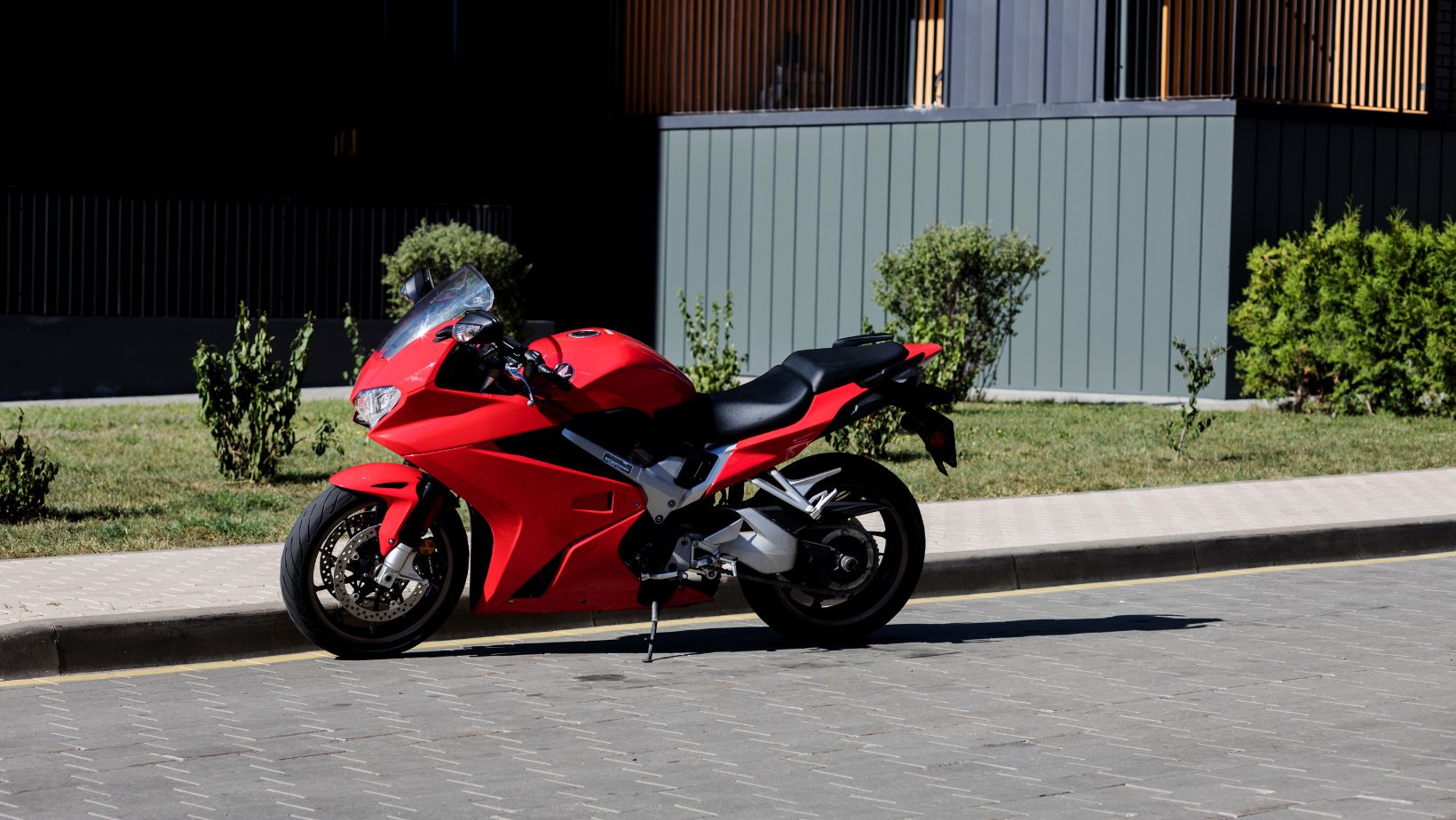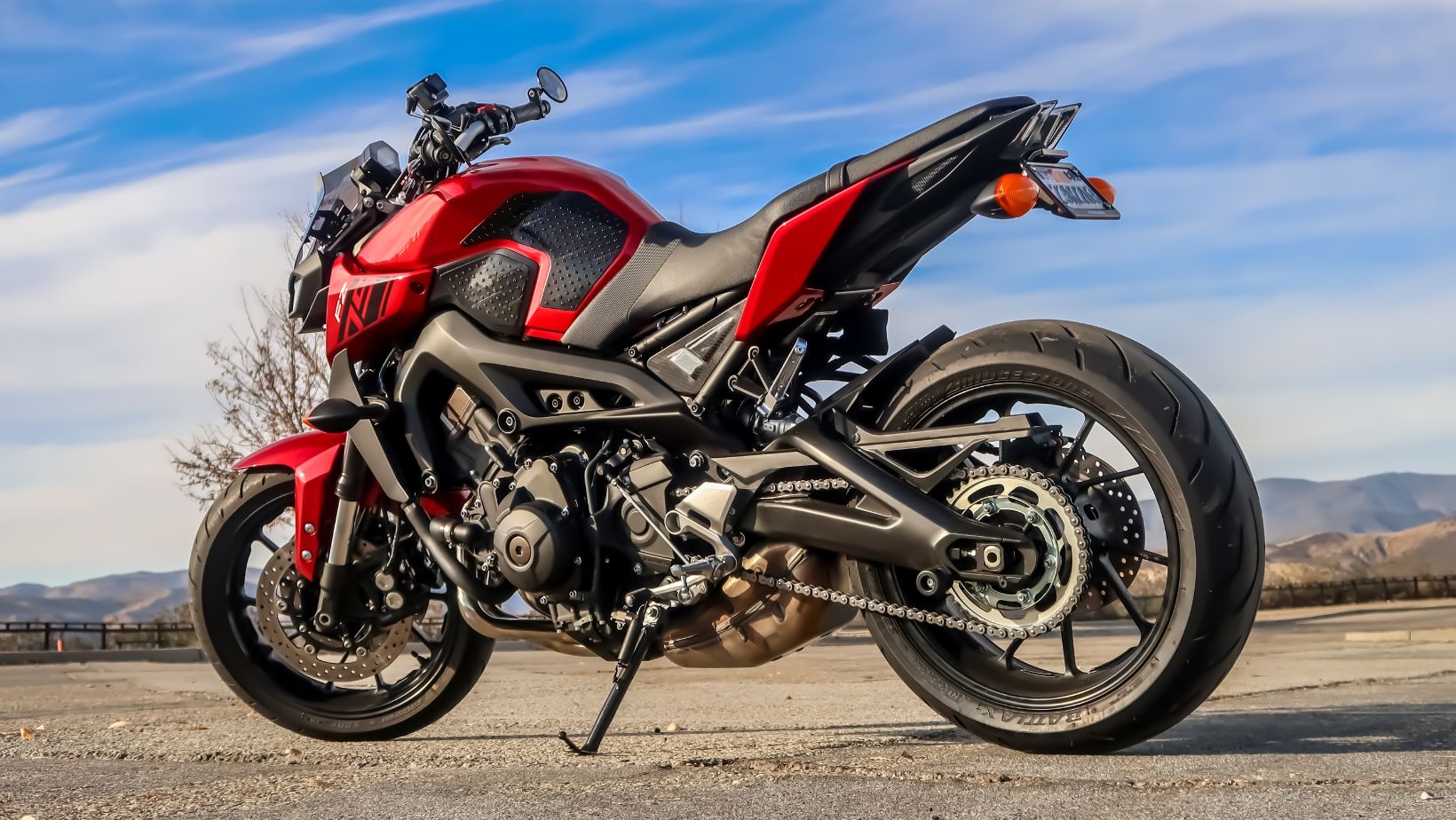
If you’re curious about the inner workings of Honda motorcycle engines, you’ve come to the right place. In this article, I’ll delve into the technology behind these impressive powerhouses and explore what sets them apart from the competition.
Honda is renowned for its innovative approach to engine design, and their motorcycles are no exception. The engineers at Honda have spent years refining their techniques and pushing the boundaries of what’s possible in terms of performance, efficiency, and reliability.
One key aspect of Honda motorcycle engines is their use of advanced fuel injection systems. These systems ensure that fuel is delivered precisely when and where it’s needed, resulting in optimal combustion and enhanced power output. Additionally, Honda has developed cutting-edge technologies such as PGM-FI (Programmed Fuel Injection) to further improve fuel efficiency while minimizing emissions.
Key Features of Honda Motorcycle Engines
When it comes to Honda motorcycle engines, there are several key features that set them apart from the competition. Let’s take a closer look at what makes these engines so special:
- VTEC Technology: Honda is renowned for its Variable Valve Timing and Lift Electronic Control (VTEC) technology, which optimizes engine performance by adjusting valve timing and lift for improved power delivery across different RPM ranges. This results in enhanced acceleration and fuel efficiency.
- PGM-FI Fuel Injection: Honda incorporates Programmed Fuel Injection (PGM-FI) into its motorcycle engines, ensuring precise fuel delivery for optimal combustion. This not only enhances throttle response but also improves fuel efficiency and reduces emissions.
- Unicam Design: Many Honda motorcycles feature a unique Unicam design, where a single overhead camshaft operates both the intake and exhaust valves. This configuration reduces engine weight while maintaining excellent performance and reliability.
- Enhanced Cooling System: To handle the demands of high-performance riding, Honda equips its motorcycle engines with advanced cooling systems. Liquid-cooled engines help maintain optimal operating temperatures even during prolonged use, resulting in improved durability and performance.
- Dual-Stage Fuel Injection (DSFI): Some of Honda’s sportbike models utilize Dual-Stage Fuel Injection (DSFI), which employs two injectors per cylinder for precise fuel delivery under varying riding conditions. This technology ensures smooth power delivery throughout the RPM range.
- Innovative Engine Designs: Over the years, Honda has introduced various innovative engine designs to cater to different rider preferences and needs. From compact single-cylinder engines for lightweight bikes to powerful multi-cylinder configurations for sports bikes or touring motorcycles, there’s a Honda engine designed to suit every rider’s requirements.
- Quality Manufacturing Standards: One of the hallmarks of Honda motorcycle engines is their exceptional build quality and reliability. With stringent manufacturing standards and rigorous testing processes, Honda ensures that its engines deliver consistent performance and longevity.

Honda Motorcycle Engine
When it comes to performance, Honda motorcycle engines are known for their exceptional capabilities and power. With continuous advancements in technology, Honda has implemented various enhancements to ensure a thrilling riding experience. Let’s delve into some of the key performance upgrades that make Honda motorcycles stand out from the crowd.
- Advanced Fuel Injection System: In order to optimize fuel delivery and maximize efficiency, Honda has incorporated advanced fuel injection systems in their motorcycle engines. These systems utilize electronic controls to precisely regulate the air-fuel mixture, resulting in improved combustion and enhanced throttle response. The result? Smoother acceleration, increased power output, and reduced emissions.
- Variable Valve Timing (VVT): Another notable enhancement is the integration of variable valve timing technology in certain Honda motorcycle models. VVT allows for precise control over valve opening and closing timings based on engine speed and load conditions. This intelligent system optimizes engine performance across different RPM ranges by adjusting valve timing for improved torque at low speeds and enhanced horsepower at high speeds.
- Lightweight Engine Components: To achieve impressive power-to-weight ratios, Honda focuses on using lightweight materials for crucial engine components such as pistons, connecting rods, and crankshafts. This reduction in weight not only improves overall handling but also allows the engine to rev more freely, delivering exhilarating acceleration without compromising durability or reliability.
- Enhanced Cooling Systems: Efficient cooling is vital for maintaining optimal engine performance during demanding riding conditions. That’s why Honda incorporates advanced cooling technologies like liquid cooling or oil coolers in their motorcycles’ engines. These systems effectively dissipate heat generated by high-performance engines, ensuring consistent power output even during prolonged usage.
- Improved Intake and Exhaust Design: The intake and exhaust system plays a crucial role in optimizing engine performance by maximizing airflow efficiency. Honda engineers meticulously design these systems with tuned intake runners, larger airboxes, free-flowing exhaust pipes, and high-performance mufflers. This attention to detail results in increased air intake, reduced backpressure, and improved engine breathing, ultimately boosting power and torque.



